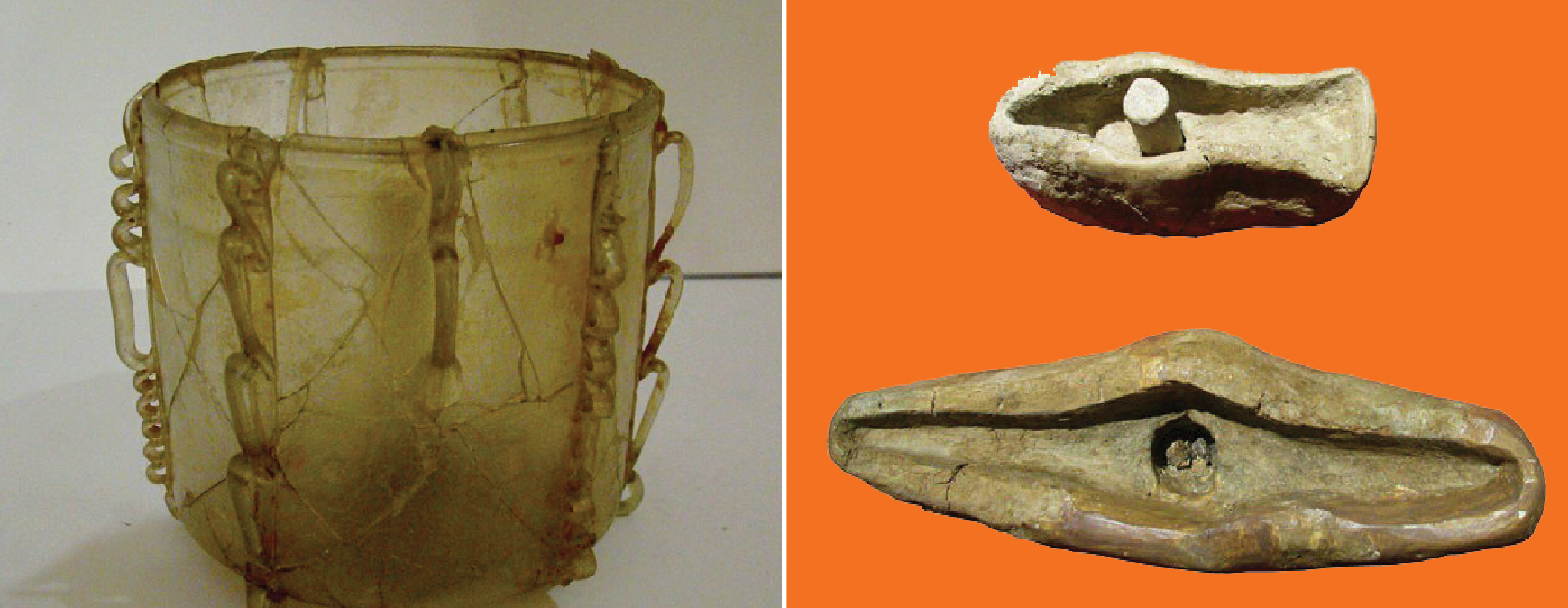National Museum of Iran in Tehran is hosting an exhibition showcasing some unseen artifacts from its collection.
The exhibition at the Museum of Islamic Era, one of the two complexes of the National Museum, includes 252 artifacts from the pre-historic Paleolithic era to the Qajar period (1785-1925).
These rarely seen objects are on public display till June 17, Mehr News Agency reported. Among them, 180 items belong to pre-historic times.
“Seals and coins from various periods of history are included and 80% of the artifacts have never been brought out of the museum treasury,” said director general of the museum Jebrael Nokandeh.
The remaining 20% were displayed on a few occasions.
Nokandeh pointed out that the National Museum is celebrating its 80th anniversary.
Among the featured artifacts are a series of ancient metal smith molds discovered at the Sagzabad Cemetery of the Qazvin Plain, an archaeological site located 60 km south of Qazvin, capital of Qazvin Province, best known for its Iron Age metallurgy.
About the cemetery, Mohammad Hossein Azizi Kharanaqi, head of the museum’s Pre-History Department explained: “The discoveries made at Sagzabad Cemetery indicate metallurgy technology from the Eneolithic period (4200 -3100 BC). At the 2nd settlement layer of the site, at least two metal casting workshops have been discovered from where a considerable number of metal smith tools have been found.”
The molds on display are a few among numerous others discovered at the second settlement layer, so according to Azizi, it is quite possible that there existed far more than two casting workshops.
The 2nd settlement layer has yielded other artifacts indicating different industries flourishing at the time. “In addition to coppersmith tools,” Azizi said, “pottery workshops and fine stone artifacts have come to surface, providing proof of the existence of full-time craft masters.”
Visiting hours are from 9 am-7 pm. The museum is located on 30-Tir Street, north of Imam Khomeini Avenue.


